How to create smooth shading in pencil or charcoal
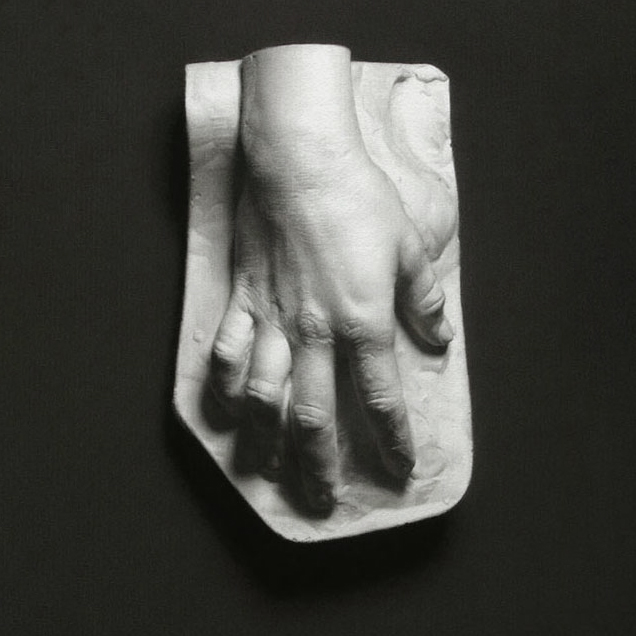
Do your drawings look dirty or messy? Here is the method I teach for creating smooth, clean tones.
Most artists use one of these two approaches:
A) Starting a drawing with a clean and careful application of tones.
B) Starting a drawing more roughly and then cleaning it up later.
In my experience, both approaches tend to be very slow. The most natural and effective method seems to be a combination: somewhat clean from the start and cleaning up the tones periodically.
Island Hunting
If the goal is a smooth tone, we need a process for removing what causes unevenness or noise. I call this process “Island Hunting”.
It works by identifying noise (“islands”) and evening them out by removing dark areas with the eraser and removing light areas with a pencil/charcoal point.

The key is to work big to small. Step back about 3 meters and assess your tone. You will find “islands” of tone that are different from the surrounding area. Pick the largest, most visible island. Step up to your drawing and even out this area, then immediately return to your observation point and assess your work. Keep going until all large islands have disappeared. Only then, shift your observation point by taking a few steps closer to the drawing and make your next observations from this point.
Repeat the process, always looking for the biggest islands you see from your observation point. You can go on indefinitely until you are working with a looking glass. Different drawings require a different level of smoothness. Often it is enough to make the tones even from a distance of about 1 meter. The key is to work big to small. If you reverse the direction and work small to big, you are likely creating larger islands while trying to remove small ones. Stepping back forces you to see and take care of large islands first.
Can I use an eraser?
Sometimes the eraser is the right tool. A kneadable eraser works best. That said, I think it is faster to gradually add more pencil/charcoal than it is to go too dark, having to lighten the tone with an eraser, and then correct/clean the area again.
Patience
Creating a drawing with smooth tones takes time. If you are making a value gradient or a value scale for example, expect to invest several hours into making smooth, even tones. Especially if you don’t have much control over the medium yet.
Island hunting can be a meditative, enjoyable process. If you stay methodical, you’ll be satisfied by immediately seeing a real difference.
Why bother?
Why does it even matter to create smooth tones? If your drawing is highly rendered, uneven tones introduce noise that limit how much you can communicate in the drawing. Also, the process of island hunting trains your sensitivity and control. You become more attuned to differences in tonal value and more skilled in manipulating your medium to do exactly what you want.
I hope this helps. Happy drawing!

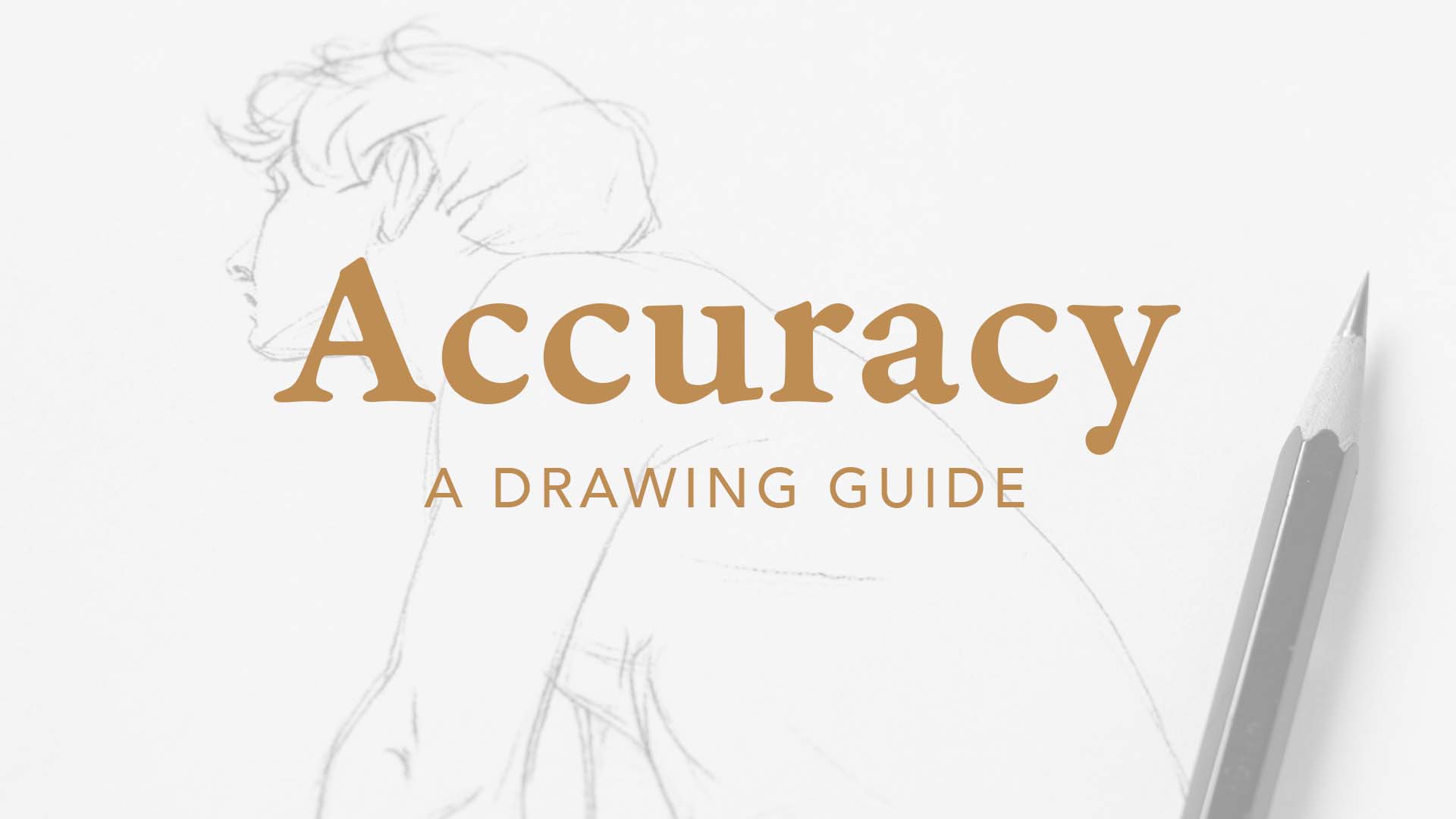
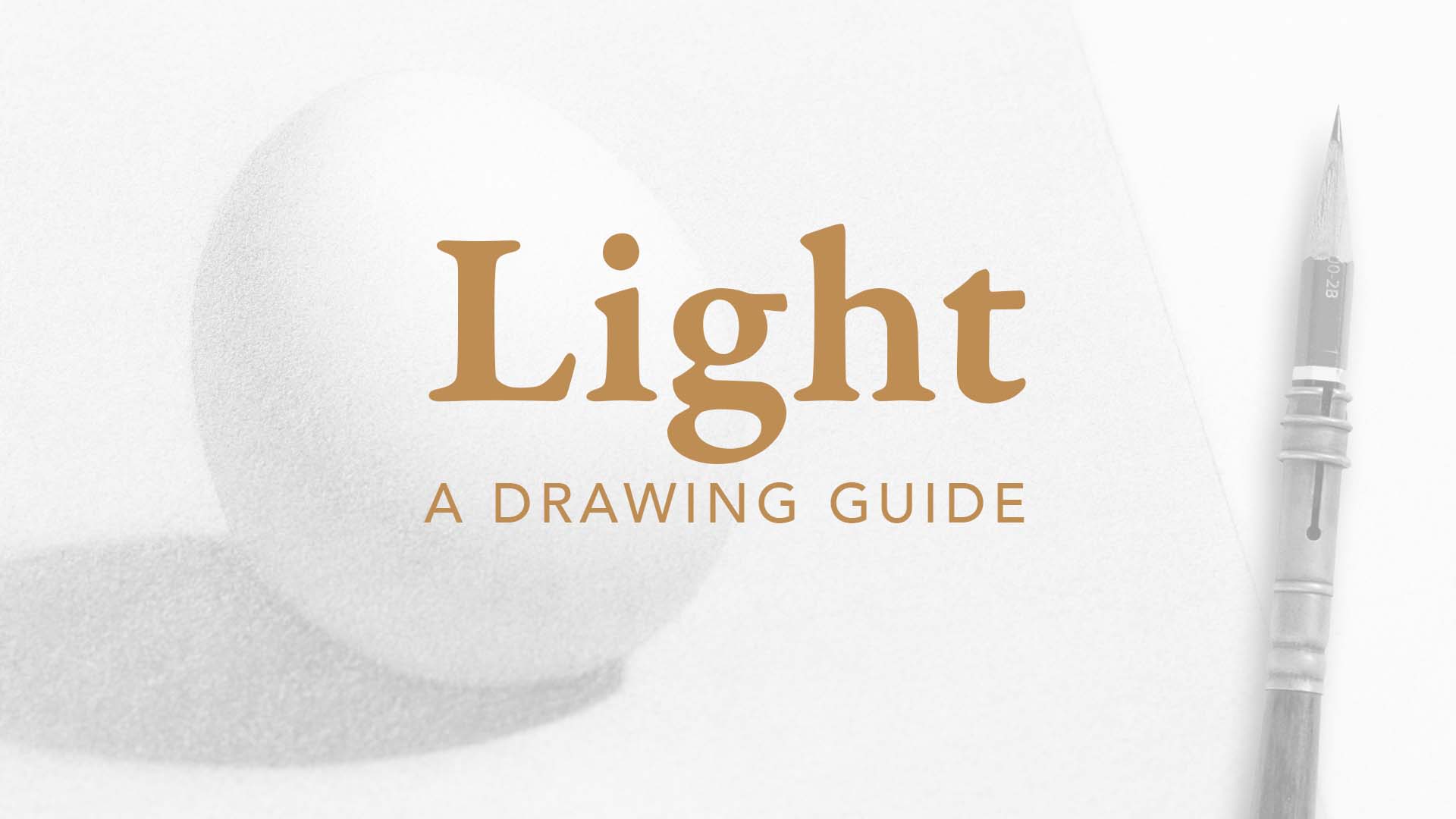
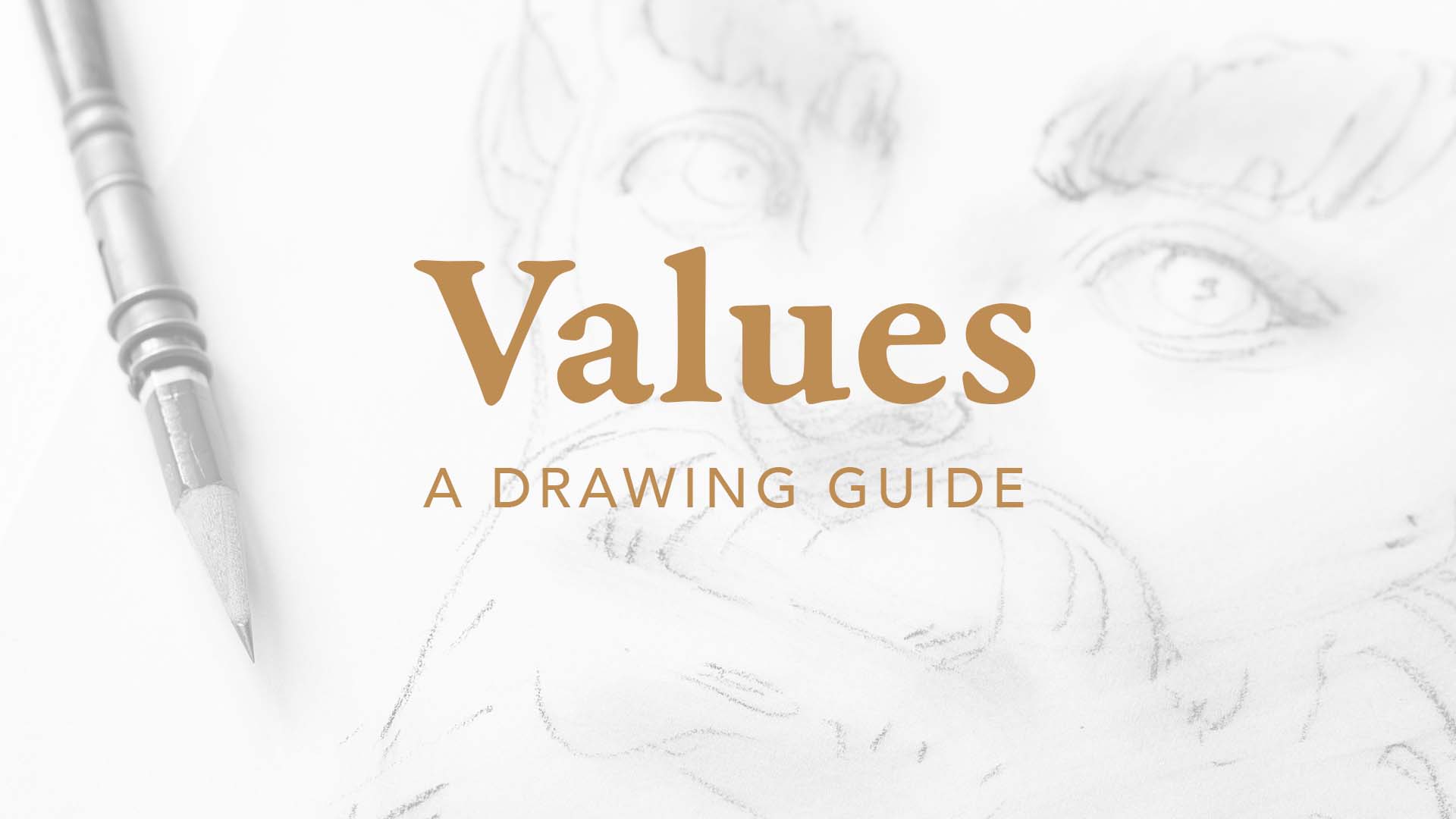

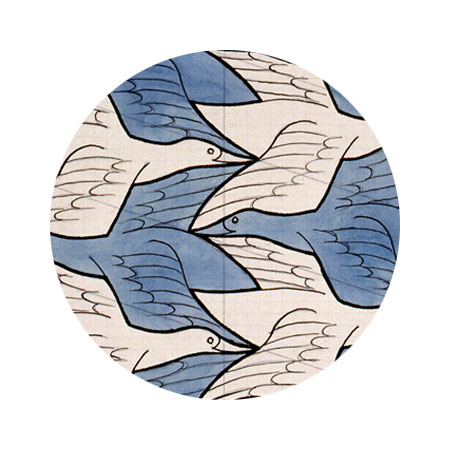
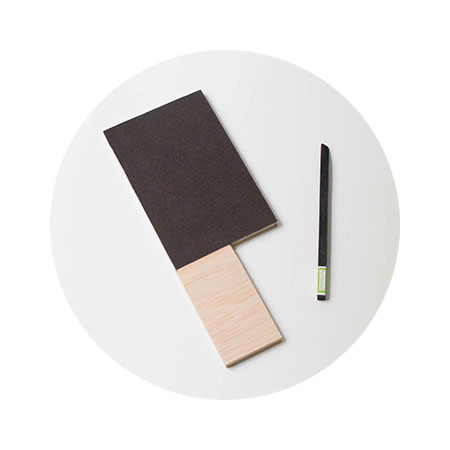
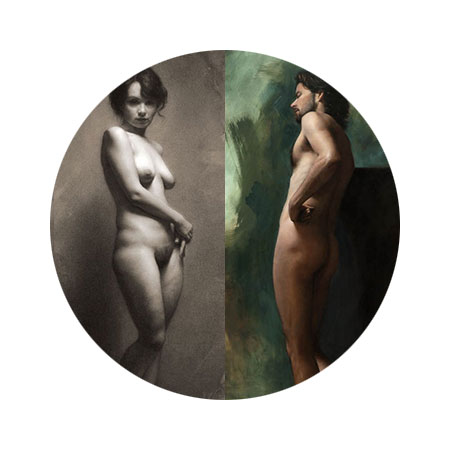
Merci beaucoup !
Baptiste from the academy
Good to know a new time with a different point of view! 🙂
Hey Dorian
I stumbled across this post and it has been helpful, but I have a question that I can’t figure out with Nitram charcoal. How do you achieve those really dark, smooth shadows, particularly the cast shadows? I’ve heard from some you need to layer with B, but at some point I’m just moving dust around and it never looks like the cast drawings I see online. It seems like the paper won’t take anymore, but I’m using the recommended paper. Do you just bear down with pressure? Lighter tones aren’t a problem, just the the darkest dark patterns. Thanks so much, and keep up the good work!
Hi Jackson!
I see two relevant things here: one is the smoothness and the other is the darkness.
For darkness, it might be that some of the artists whose drawings you’re looking at are using compressed charcoal. (I did, in the background here, and in the cast shadows here.)
Compressed charcoal goes darker than vine charcoal but it’s not great for precise marks and it doesn’t erase well at all.
The smoothness is just about being patient and evening out the “islands”.
I hope that helps!
Hey Dorian have you ever done a video on this topic? I’ve done a lot searching and the amount of instruction I’ve been able to find on this subject specifically is limited at best. The instructions that are provided in this article are great and extremely appreciated however being able to see a time lapse video could prove to be even more helpful. Just curious if it has been covered and I missed it?
Hey Nicholas, I haven’t, but I’ll let you know when I do!
Hey.. great information..
Would like to know your opinion about getting smooth shades via island hunting vs blending with paper stumps..